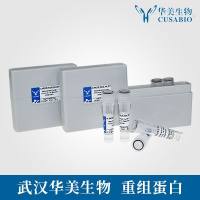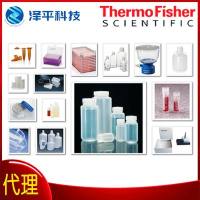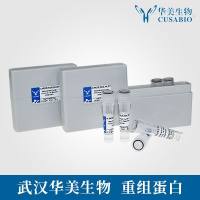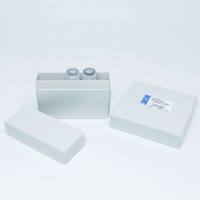Mutagenicity, Carcinogenicity, and Other End points
互联网
互联网
相关产品推荐

AGER/AGER蛋白/Receptor for advanced glycosylation end products蛋白/Recombinant Human Advanced glycosylation end product-specific receptor (AGER), partial重组蛋白
¥69

赛默飞世尔Thermo Fisher SCISSORS,VERY FINE SHARP POINTS,CURVED,115MM 货号:T_70312982055
¥5

Recombinant-Saccharomyces-cerevisiae-Non-homologous-end-joining-protein-1NEJ1Non-homologous end-joining protein 1
¥11816

AGER/AGER蛋白Recombinant Human Advanced glycosylation end product-specific receptor (AGER)重组蛋白(Receptor for advanced glycosylation end products)蛋白
¥1368

KIF3A抗体KIF3A一抗抗体Microtubule plus end-directed kinesin motor 3A antibody抗体KIF3A Antibody抗体
¥1100
相关问答

